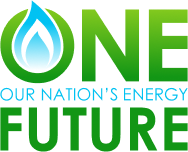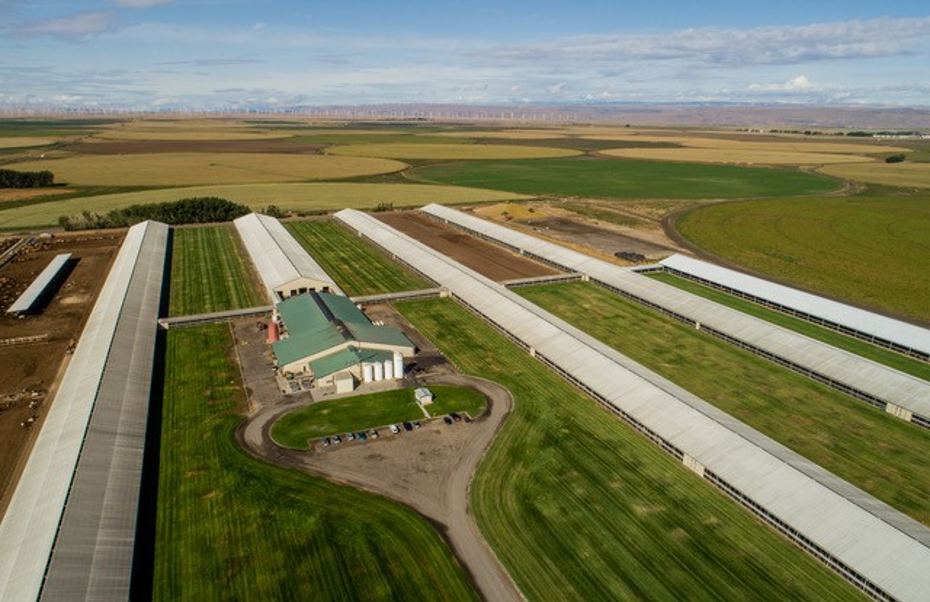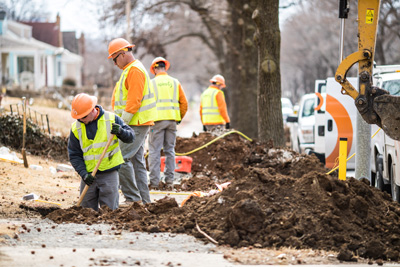ONE Future Coalition Beats Methane Intensity Goal by 66.9%
FOR IMMEDIATE RELEASE
Press Contact:
onefuture@adfero.com
December 11, 2024 – Our Nation’s Energy Future (ONE Future), a coalition of approximately 50 natural gas companies taking action to reduce methane emissions, today released its annual reporting of methane intensities. The coalition, which has released aggregated data on methane emissions across its membership for seven years, recorded its combined 2023 methane intensity at 0.331%, beating its 1.0% goal by 66.9%, and demonstrating a 21.3% decrease from the previous year.
“This year’s results indicate a material decrease in emissions intensity year-over-year and are a testament to our members’ steadfast commitment to continuous improvement,” said ONE Future Executive Director Jim Kibler. “The data proves that our coalition’s approach is valid, based in science, and driven by a performance-based protocol. As we look ahead, we’ll continue to build on that approach and collaborate with others across the industry as we work toward our shared energy future.”
In line with the coalition’s commitment to continuous improvement, ONE Future members have accelerated deployment of detection and measurement technologies; increased the use of measurement-informed data; identified and shared best practices; and led the way in reinventing natural gas systems, such as the upgrading of pneumatic devices. ONE Future members currently deploy 83 unique methane abatement activities across segments – a sevenfold increase since 2016 – as they continue to lead the way in driving down emissions.
Looking to the year ahead, ONE Future has engaged ICF International to conduct a marginal abatement cost study related to methane emissions prevention, detection, and abatement technologies. The results of this study will inform and yield new post-2025 targets for individual segments for the supply chain that are grounded in science, and will build on ONE Future’s success to date in achieving a value chain methane intensity well below its 1.0% target.
ONE Future member companies in five segments across the natural gas value chain achieved the following 2023 methane intensity results in comparison to their baseline goals:
- Production: The 2023 methane intensity was 0.067%, beating the segment’s goal of 0.283% by 76.3%. ONE Future’s member companies represent 23% of the natural gas produced in the U.S. in 2023.
- Gathering and Boosting: The 2023 methane intensity was 0.066%, beating the segment’s goal of 0.080% by 17.5%. ONE Future members represent 40% of the natural gas gathered in the U.S. in 2023.
- Processing: The 2023 methane intensity was 0.021%, beating the segment’s goal of 0.111% by 81.1%. ONE Future members represent 26% of the natural gas processed in the U.S. in 2023.
- Transmission and Storage: The 2023 methane intensity was 0.081%, beating the segment’s goal of 0.301% by 73.1%. ONE Future members represent 62% of total transmission pipeline miles in the U.S. in 2023.
- Distribution: The 2023 methane intensity was 0.097%, beating the segment’s goal of 0.225% by 56.9%. ONE Future members represent 41% of gas delivered to end users in the U.S. in 2023 and 42% of miles of mains in the U.S. in 2023.
View the coalition’s annual reporting here.
About ONE Future: ONE Future was formed when seven companies came together in 2014 with a focus to collectively achieve a science-based average rate of methane emissions across our facilities equivalent to one percent or less of total natural gas production. Since our formation, we have grown to approximately 50 companies accounting for some of the largest natural gas producers, transmission, and distribution companies in the U.S. ONE Future members operate in 23 out of the 38 production basins and have distribution operations in 36 out of the 50 states, other segments of the value chain operate in multiple regions of the country as well. Therefore, ONE Future’s data represent a geographically diverse and material share of the U.S. natural gas supply chain. For more information visit onefuture.us.
###


